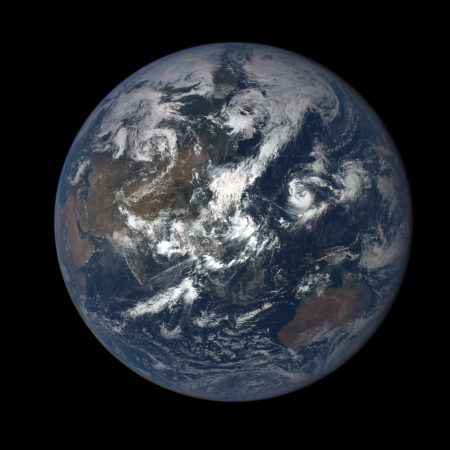

On Wednesday afternoon, videos of an ashy blast went viral when the volcano Stromboli erupted, killing one hiker. But the seismic belch isn’t a surprising event: After all, the hyperactive volcano has been in a near-ceaseless state of activity for the better part of 2,000 years, regularly spewing debris from its spot in an island chain near the end of Italy and the start of Sicily. Rather, it’s all the fantastical details surrounding this iconic cone that make it truly noteworthy:
In Jules Verne’s Journey to the Center of the Earth, the fictional Professor Lidenbrock, his nephew Axel, and a guide named Hans begin their adventure by descending into Iceland’s Snæfellsjökull volcano. But their story only comes full circle (get it?) when they’re ejected from the bowels of the Earth through an eruption of Stromboli.
The volcano may feature in another prominent literary work: J.R.R. Tolkein’s The Lord of the Rings. Apparently, fans (and at least one scholar) think the real-life volcano is the inspiration for Mount Doom (aliases: Orodruin and Amon Amarth), a volcano in Mordor controlled by Sauron. Director Peter Jackson didn’t take the hint. In the film adaptation, two of New Zealand’s active volcanoes, Mount Ngauruhoe and Mount Ruapehu, stand in for Doom instead.
Every interesting food item has a contested origin story. But whether it was invented in 1950 in Pennsylvania or 1954 in Spokane, both supposed creators of the stromboli—the cheesy Italian turnover—credit their inspiration to Stromboli, a film about a woman (played by Ingrid Bergman) taken to live on the barren volcanic island after World War II. What this tragic interment camp romance has to do with pre-folded pizza remains unclear.
And speaking of film: The evil puppet-maker in Disney’s 1940 film Pinnochio is named Stromboli. In the original 1883 book by Carlo Collodi, this character had been named Mangiafuoco.
But if we’re talking strictly scientifically, Stromboli’s greatest legacy is certainly the “Strombolian Eruption.” See, the thing about this volcano is that it doesn’t usually have lava flows. Instead, it explodes, projecting volcanic bombs (that’s a technical term!) into the air. The material emerges in a glowing, viscous state, but it hardens into solid rock before it hits the ground. These molten forms can be grouped into different shapes, including ribbon bombs, which look like a tangle of strings; spindle bombs, which look like almonds; breadcrust bombs, which crack on the surface like a fresh loaf; and cow pie bombs that look like… well, you know.
Of course, these bombs are dangerous to anyone nearby—one of them struck the hiker who died on Wednesday. But they’re also one reason the Sicilian volcano’s name has spread far and wide. As far away as Antarctica, Mount Erebus produces “Strombolian” eruptions every now and then.







